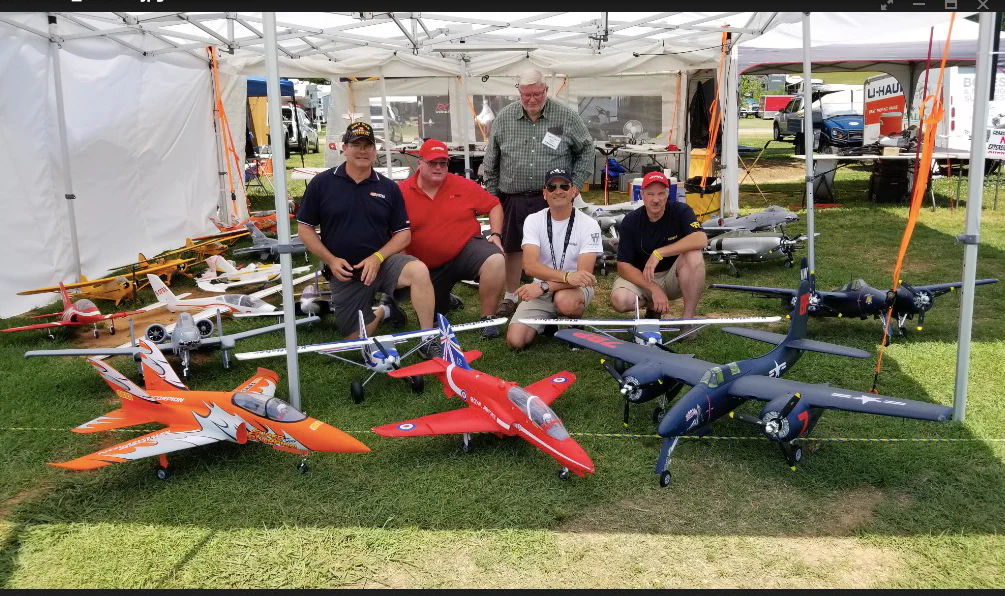The remote control airplane has captivated enthusiasts and hobbyists for decades. From their humble beginnings to the sophisticated models available today, these aircraft have undergone significant transformations. This article delves into the history, technology, and future of remote control airplanes, providing a comprehensive understanding for both newcomers and seasoned flyers.

History of Remote Control Airplanes
The journey of the remote control airplane began in the early 20th century. The first models were simple and often made from wood or paper. These early designs were primarily used for military training and research purposes. As technology advanced, so did the capabilities of these aircraft.
- 1930s: The first radio-controlled models emerged.
- 1960s: The introduction of proportional control systems allowed for more precise maneuvers.
- 1980s: The advent of microprocessors led to the development of more sophisticated flight controls.
These milestones marked significant progress in the evolution of remote control airplanes, paving the way for the advanced models we see today.
Modern Innovations in Remote Control Airplanes
Today, the remote control airplane market is thriving, with innovations that enhance performance and user experience. Modern models feature advanced materials, such as carbon fiber and lightweight plastics, which improve durability and flight efficiency. Additionally, advancements in battery technology have extended flight times, allowing for longer and more enjoyable flying sessions.
One of the most exciting developments is the integration of GPS technology. This allows for features such as:
- Automatic return-to-home functions.
- Waypoint navigation for pre-programmed flight paths.
- Real-time telemetry data for enhanced control and safety.
These innovations not only make flying more accessible but also significantly enhance the overall experience for hobbyists.
Choosing the Right Remote Control Airplane
When selecting a remote control airplane, it is essential to consider several factors. Beginners might prefer ready-to-fly (RTF) models, which come with everything needed to start flying. More experienced pilots may opt for build-it-yourself kits, allowing for customization and a deeper understanding of aerodynamics.
Here are some key points to consider:
- Skill level: Choose a model that matches your experience.
- Type of flying: Consider whether you prefer indoor or outdoor flying.
- Budget: Remote control airplanes come in a wide range of prices.
For a comprehensive selection of remote control airplanes, visit  .
.
The Future of Remote Control Airplanes
As technology continues to evolve, the future of the remote control airplane looks promising. Innovations such as artificial intelligence and enhanced connectivity are set to revolutionize the hobby. Imagine flying a model that can autonomously navigate complex environments or even participate in competitive racing events.
In conclusion, the remote control airplane has come a long way from its early days. With ongoing advancements in technology and materials, the possibilities are endless. Whether you are a beginner or an expert, there has never been a better time to explore the exciting world of remote control aviation.














